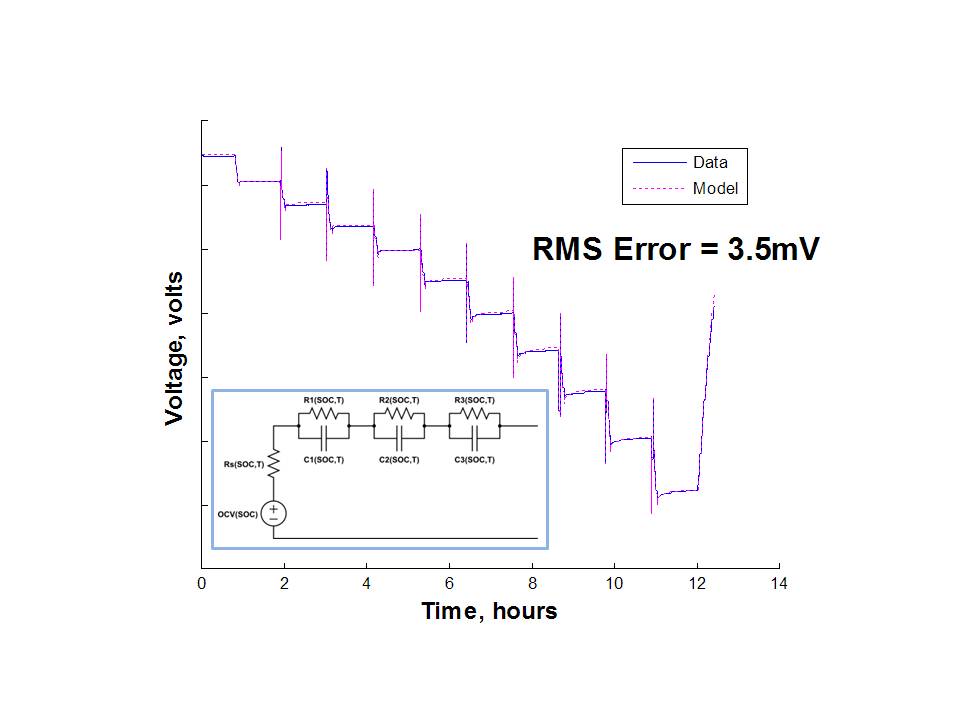The Energy Department’s National Renewable Energy Laboratory (NREL) has licensed its Equivalent Circuit Battery Model to software developer ThermoAnalytics for use in its recently updated RadTherm software package.
The model is a part of the Battery Module within RadTherm, which is used by engineers to simulate the performance of battery cells and optimize multi-cell pack designs.
Before the addition of the NREL Equivalent Circuit Battery Model, the software only allowed for static analyses of heat generation during constant current charge or discharge cycles. The updated version of the software can perform these analyses for transient current loads derived from drive cycles, delivering greater accuracy in evaluation results.
“Increasing the precision of cell and pack-level battery simulations has a direct impact on accelerating the development of next generation electric-drive vehicle batteries,” NREL Energy Storage Group Manager Ahmad Pesaran said. “By adding this model to their software package, ThermoAnalytics will get enhanced simulation capability out to the engineers who are leading this effort.”
The NREL model, developed with funding from the Energy Department’s Office of Energy Efficiency and Renewable Energy, simulates transient charging and discharging of battery packs and is used to capture the dynamic response of a battery to a change in charge or discharge current. It can also be used to model the effect of an internal, temperature-dependent series resistance in the battery, which can be used to limit fault currents in the event of a short circuit.
“The addition of the NREL model enhances our product and provides the industry with the tools that it needs to engineer improved battery technologies for the future,” ThermoAnalytics CEO Keith Johnson said. NREL also participate in vehicle energy storage R&D.
NREL
www.nrel.gov
Filed Under: Energy storage, News





